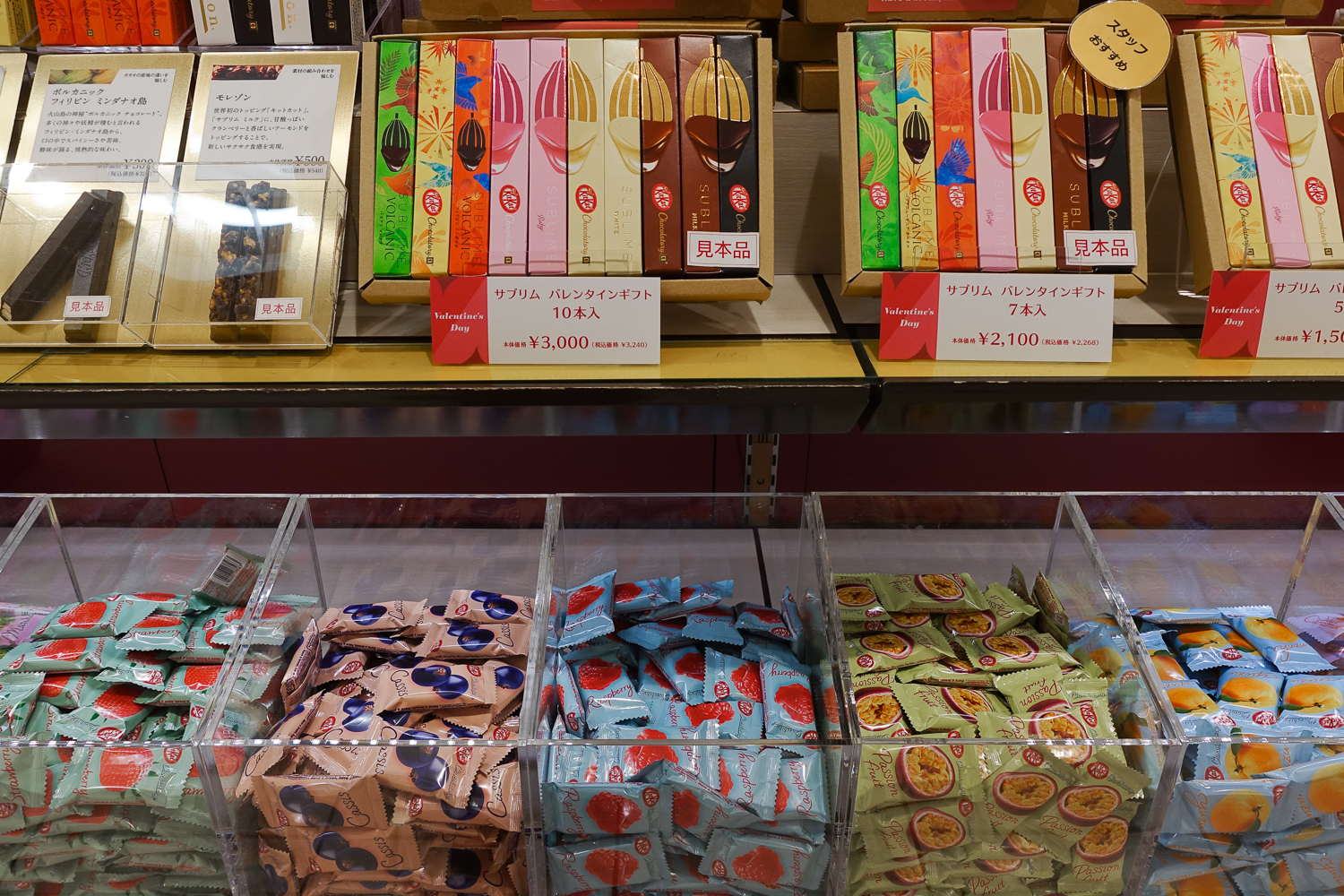Cultural identity helps foreign brands to stand out in Japan
Brands succeed when they connect their products to a national, cultural identity but adapt them to fit japanese lifestyles
By David Tonge

Following its departure from the European Union, the UK’s first major trade deal was an economic partnership agreement with Japan. In light of this post-Brexit trade agreement, many UK-based companies are now exploring Japan, the world's third richest economy, as a potential export market.
Despite the recent weakness of the yen, Japan remains a country where households have high disposable incomes and, in some categories, view $200 as an impulse purchase. The potential rewards for those who invest are big, and many brands, including those from the UK, are jostling for a slice of the action.
Japanese consumers are excited by overseas design and brands, but the market is sophisticated and demanding and there is an ingrained perception that foreign products are not designed for Japanese culture or lifestyles.
To exporters who want to break into Japan, my first recommendation is to understand what daily life looks like for Japanese consumers and how this affects their expectations and purchasing habits.
Not Designed for Japan
Through three decades of working in Japan, I've come across many companies that failed to understand the local culture and further reinforced the impression that their products are not designed for the Japanese market.
Many years ago, for example, I worked the personal computer vendor, Dell, to help the company to design PCs for Japan. Dell was growing its brand and wanted to sell its highly successful and cost-effective PC tower in Asia. At first it did not sell at all in Japan, and the reason was very simple – the American-sized PC took up one third of a Japanese cubicle desk, leaving no space to work! In light of this insight, we had to completely re-engineer a Japan-specific compact PC tower, which occupied very little desk space. It became a huge success.
It’s a basic truth that physical space is at a premium in Japan. Companies that don't create compact, lightweight products that fit the Japanese lifestyle, will see their products flop, whether they are for the office, home or handbag. Everything in Japan is reduced in scale – even a paperback novel is reduced to A6 format and is published in two or three volumes that fit into a commuter's bag and reflect the lack of commuting space.
Use cultural identity to stand out
We live in a shrinking world. Goods from across the planet are delivered directly to our doorsteps and social media influences our tastes toward the ‘same’, not the ‘unique’. The same is true in Japan.
Nonetheless, I believe that cultural identity is one of the most powerful differentiators available to brands from the UK and other Western countries that export to Japan. In convenience stores, consumer electronic stores, and branches of Tokyu Hands (Japanese creative life store) it's common to see national flags alongside products with an overview of the cultural attributes that differentiate them from similar Japanese products, and justify a higher price.
My second recommendation to exporters is that you should identify unique characteristics, related to culture, craft, and technology, that communicate value and differentiate your products in the Japanese market. Then, tell this story through the design and communication of your product.
This isn't a precise art. It requires an intimate knowledge of the Japanese market and of your own product and culture. Here are three things to keep in mind if you want to get it right:
- Story – Connect product value to your national, cultural Identity. For example, British luxury brand, Barbour, has successfully connected raincoats and umbrellas to the famously bad British weather.
- Localisation – Create culturally appropriate products and services. A great example of localisation is Kit-Kat's success at marrying a global format (biscuit and chocolate in a stick) with Japan-appropriate flavours including Matcha (green tea), Yuzu (citrus) and even whisky.
- Spec – Detail is everything in Japan. Japanese consumers love detail. Some of them know more about your product than you do. They can, for example, detail the number of stitches that went into a treasured, British raincoat, the amount of wind and rain that it can withstand, the number of man-hours that it takes to manufacture, and even which members of the royal family wear it!
Companies should never assume that products which are popular at home will automatically succeed in Japan. Success depends on adapting products themselves to local lifestyles, while conveying cultural dimensions that differentiate them in the eyes of Japanese consumers.
We have been helping our UK, USA and EU-based clients with these challenges for 30 years - providing support in many formats, including: market entry advice, expert product assessments, in-country immersion and market safaris, and brand perception research, followed by design and implementation.